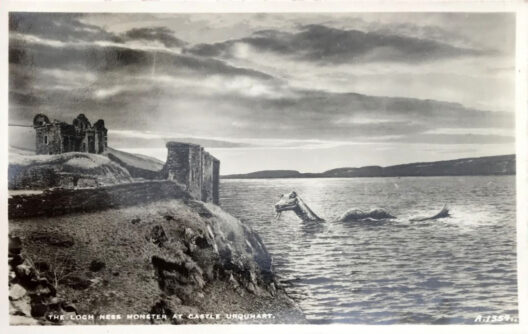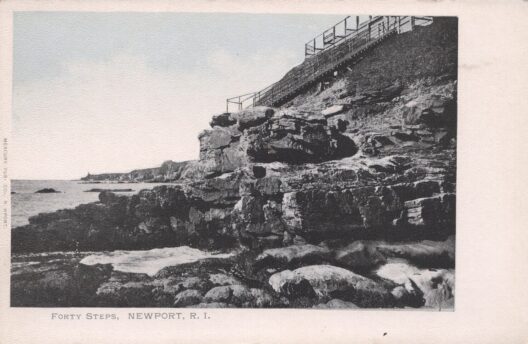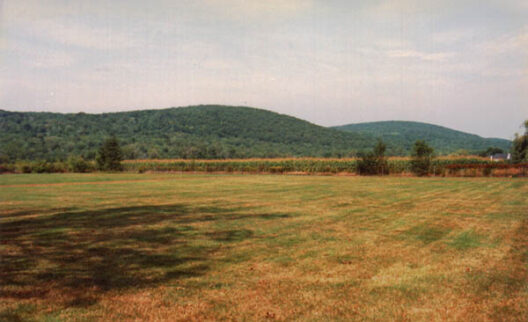More notes on the Sully letters, letters from Lovecraft which are to be found in Letters to Wilfred B. Talman, and Helen V. and Genevieve Sully.
The notes open in November 1933.
Page 327. “… decadence is manifest in one form or another over nearly all the Western World [… yet] It is not too late to hope that revivals of spirit may yet take place here and there — each in accordance with the particular national temper of the group concerned. I have my eye on Sir Oswald Mosley & the element of British fascists.”
Page 330. “… remember that to 1908’s crop of intellectuals softness is the supreme vice”.
Pages 331-32. A long and important explication of Lovecraft’s idea of time, and of his techniques of “time-defying” mental time-travel.
Page 330. [In New York City of 1933] “I feel like an explorer among a queer [primitive tribe …] Some of Loveman’s group — persons interested in the theatre & the dance — impress me more in this way than do even Wandrei’s literary-artistic coterie.”
Page 341. Lovecraft had noticed a… “whole cycle of comment having grown up around the alleged denizen of Loch Ness” in Scotland.
Page 343. April 1934. “New England has been through the worst winter within the memory of living man […] which shattered all records since the establishment of the weather bureau.” Page 403. “… the wasting of the greater part of the year [living] in bleak barrenness & shivers seems doubly criminal as one grows old”.
Page 367. “The real raison d’être of [“weird art”] is to give one a temporary illusion of emancipation from the galling & intolerable tyranny of time, space, change, & natural law. If we can give ourselves even for a brief moment the illusory sensation that some law of the ruthless cosmos has been — or could be — suspended or defeated, we acquire a certain flush of triumphant emancipation comparable in its comforting power to the opiate dreams of religion. Indeed, religion itself is merely a pompous formalisation of fantastic art. Its disadvantage is that it demands an intellectual belief in the impossible, which fantastic art does not.”
Page 377. At the newly opened Poe house [1842-44] in Philadelphia… “I saw copies of nearly all the magazines containing the first publication of various tales and poems” by E.A. Poe.
Page 379. Mentions that his young friend Barlow has a new 5″ x 7″ camera, and with it had made portraits of Lovecraft in Florida. Barlow also anticipated becoming an expert on trick photography, multi-exposure pictures etc, to “create weird synthetic monsters & landscapes”.
Page 384. A note says that Barlow’s Caneviniana was cut in stencil [duplicator] form but not printed, and was later circulated “through FAPA in the early 1940s”. So, do copies thus exist somewhere today? But possibly (my guess) the FAPA release was not the planned edition of Whitehead’s letters of the same name, but rather just Barlow’s Whitehead bibliography and some biographical notes?
Page 385. When in Nantucket, Lovecraft stayed at The Overlook, which was ‘Veranda House’ until 1930.
The view from the Overlook.
Page 393. “We must save all that we can, lest we find ourselves adrift in an alien world with no memories or guideposts or points of reference […] Hence the natural function and social value of the antiquarian & cherisher of elder things. To them we owe much of our sense of comfortable continuity & appropriate placement.”
Page 395-96. “… the architectural modernists who so painfully ‘strive to express our current machine civilisation’ by means of absently ugly concoctions of rootless steel and glass construction. These fellows think they are representing the present […] but if they would stop to think they would realise that Ictinus [co-designer of the Parthenon] and Wren [1632-1723, London] achieved their effects not by grimly resolving to ‘express their periods’, but merely by creating such forms as appealed to them, without any thought of time or place. Moreover, Ictinus and Wren did not exclude elements from the past. Instead they built upon and modified the main streams of art which they inherited. Hence to my mind all these anti-traditional radicals are up a blind alley. Their products are not art, because they come from theory instead of from feeling. And they do not represent this age, because they do not embody those attributes of the European main stream which this age has inherited.”
Page 405. “My own opinion is that an obviously sterile age like the present ought not to try to create anything new. Conditions are not favourable for the expression of the momentary environment — the environment has nothing crystallised enough or certain enough to be expressible.”
Page 407. Lovecraft took the night train to Quebec, both there and back, and thus was not able to appreciate the scenery from the train windows.
Page 419. In Newport in summer 1935 he visited the home of the philosopher Berkeley, then open to the public. And he also went… “down the 40 steps [and] while down on the rocks there I slipped up & got rather soaked in looking for a sea-cave”. Lovecraft seeking a sea-cave below Newport’s cliffs… a point on which Mythos writers may wish to hang a plot or RPG adventure?
Page 429. August 1935. “Every aptitude which I wish I had, I lack. Everything which I wish I could to formulate and express, I have failed to formulate and express. Everything which I value, I have either lost or am likely to lose. Within a decade, unless I can find some job paying at least $10 per week, I shall have to take the cyanide route through inability to keep around me the books, pictures, furniture, and other familiar objects which constitute my only remaining reason for keeping alive. And so far as solitude is concerned, I probably capture all medals. […] even among my correspondents there are fewer and fewer who coincide with me. […] The newer generation has grown away from me […] in everything — philosophy, politics, aesthetics, and interpretation of the sciences — [and] I find myself more and more alone on an island, with an atmosphere almost of hostility gathering around me. With youth and all the possibilities of glamour and adventurous expectancy, departed — leaving me stranded, with nothing to look forward to.”
Page 439. September 1935. On visiting Wilbraham (“Dunwich Horror” and Mrs Miniter country) one last time to scatter the ashes of Miniter’s mother… “The mountain scenery — with endless outspread miles of purple hills beyond hills, and glimpses of distant villages with white steeples piercing the autumn-touched greenery, is ineffably fascinating and imagination stirring.” New England and Mass. in the 1920s and 30s were far less forest-blanketed than today, and the views would likely have been more open.
Wilbraham’s hills, possibly the 1960s or 70s?
Page 441. December 1935. “The autumn in New England has been phenomenally warm” this year. In October he visited Yale and among others sights he enjoyed the Marsh and Farnam botanic gardens. These are not however vast steampunk Victorian ironwork and steam-heat glass-houses, but rather two low and ordinary greenhouses set in outdoor landscaped botanical gardens.
Page 453. Lovecraft outlines his plans to hoax his friend and geologist Morton, then curator at the Paterson Museum. He hopes to send a “millennially palaeogaean” rock sculpture by Clark Ashton Smith, in the hope of causing some “perplexed head-scratching” about its possible origin in a “pre-human school” of art.
Page 453. He recalls ‘Monk’, a boyhood compatriot and schoolyard mucker… “a huge youth from a distant and seedy region who boasted 17 years as opposed to our 11 or 12, & whose voice had changed. […] I can still see ‘Monk’ McCurdy as he lorded it over his chronological inferiors (but scholastic equals) & over-awed them with his gorilla-like physiognomy.” A little later on page 454 he recalls that the ‘Monk’ swore “resounding oaths”. Sounds like a distant model for Wilbur Whateley in “The Dunwich Horror”?




